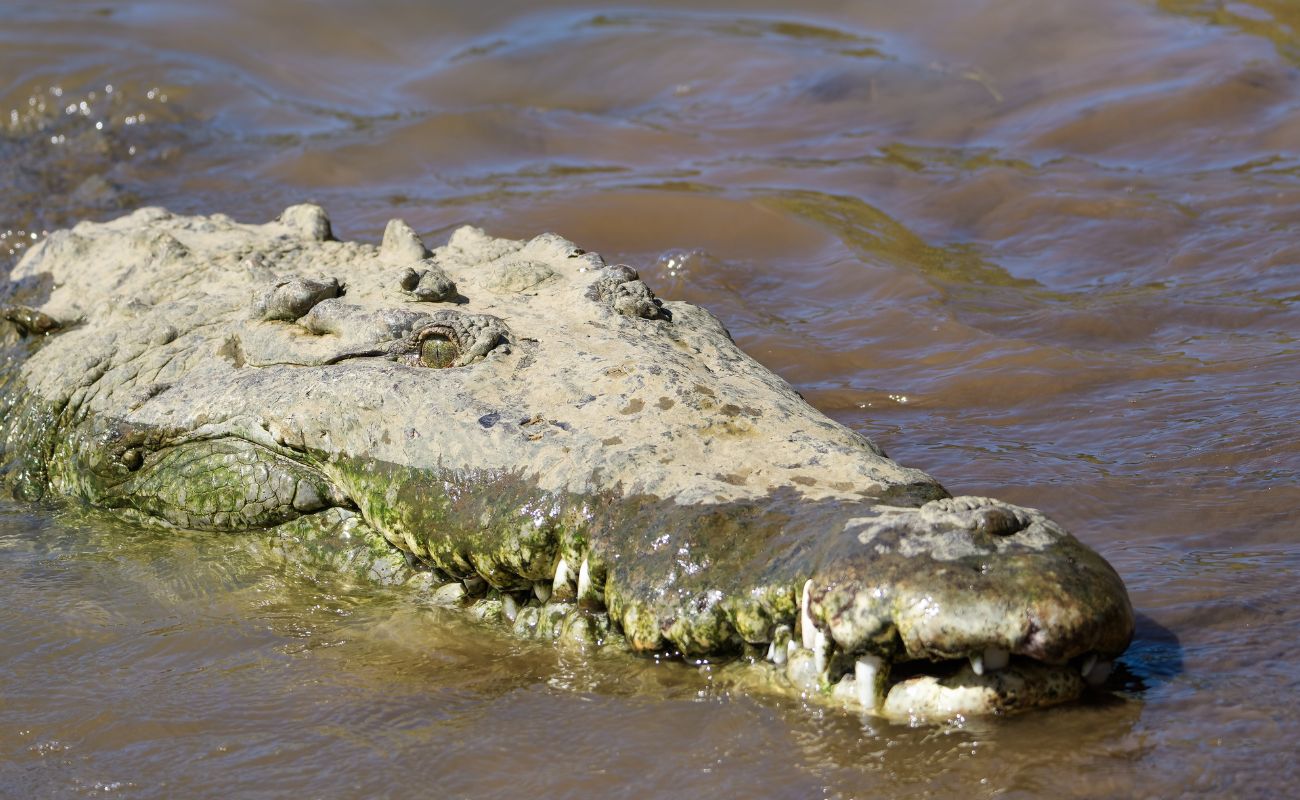The Damas Island Mangrove Tour is a popular eco-tourism activity in the area, offering visitors a chance to explore the unique ecosystem of the mangroves that line the Quepos River. The tour is a great way to learn about the importance of these mangrove forests and the wildlife that calls them home.

The mangrove forests are an important part of the ecosystem in Costa Rica. They help to protect the coastline from erosion and provide a habitat for many species of plants and animals. The Damas Island Mangrove Tour takes visitors on a journey through the heart of this ecosystem, giving them an up-close look at the plants and animals that live there.
The tour also offers a chance to learn about the different life cycles that occur within the mangrove ecosystem. The tides play a crucial role in these cycles, as they bring in nutrients and flush out waste, creating a dynamic environment that supports a variety of life. During high tide, the water level rises and covers the mangrove roots, creating a unique underwater ecosystem. As the tide recedes, the exposed mudflats become a rich feeding ground for many animals.
As visitors make their way through the mangroves, they will have the opportunity to see the different zones that make up the ecosystem. The first zone is the red mangrove, which grows closest to the water and has a unique root system that helps it to thrive in the saltwater environment. The second zone is the black mangrove, which grows further inland and has roots that protrude above the water level to allow the tree to breathe. The third zone is the white mangrove, which grows even further inland and has leaves that excrete salt, allowing it to thrive in the brackish water.

In addition to the natural beauty of the mangrove forest, the tour also offers a chance to learn about the human history of the area. The mangroves have been used by the local people for centuries, providing a source of food and medicine. Today, the area is protected by the Costa Rican government, and the tour is a way to promote conservation and sustainable tourism in the region.

Wildlife Sightings:
One of the main attractions of the tour is the chance to see a wide variety of wildlife. The mangrove forests are home to a diverse range of species, including monkeys, sloths, iguanas, crocodiles, and a variety of birds. The best time to see these animals is during low tide when they come out to feed in the exposed mudflats.

One of the most iconic animals that visitors may see on the tour is the American crocodile. These impressive reptiles can grow up to 14 feet in length and are top predators in the mangrove ecosystem. They are often seen basking on the mudflats during low tide, waiting for their next meal to swim by. While they may look intimidating, they are actually quite shy and will usually retreat back into the water if they feel threatened.
Another reptile that visitors may encounter is the green iguana. These colorful lizards can grow up to 6 feet in length and are a common sight in the trees above the river. They are herbivores, feeding on leaves and fruits, and can often be seen basking in the sun to regulate their body temperature.

Visitors may also have the chance to see monkeys during the tour. The most common is the white-faced capuchin monkey. Capuchin monkeys are small and agile, often seen jumping from tree to tree in search of food.

Birdwatchers will be delighted by the variety of bird species that call the mangroves home. Some of the most common species include the mangrove warbler, the black-necked stilt, cormorants, and the anhinga.
The mangrove warbler is a small bird with a bright yellow breast and a distinctive black mask around its eyes.
The black-necked stilt is a wading bird with long, thin legs and a distinctive black-and-white pattern on its feathers.
The Anhinga, also known as the “snakebird”, is a diving bird with a long, slender neck that it uses to catch fish.
Other animals that visitors may see on the tour include sloths, bats, and a variety of fish and crustaceans. The mangrove ecosystem is incredibly diverse, and there is always something new and exciting to discover on the Damas Island Mangrove Tour.
It’s important to note that the animals in the mangroves are wild and should be treated with respect. Visitors should always follow the instructions of the guide and maintain a safe distance from wildlife. With a little patience and a keen eye, visitors to the Damas Island Mangrove Tour are sure to have an unforgettable wildlife encounter.
As conclusion:
Overall, the Damas Island Mangrove Tour is a must-do activity for anyone visiting Quepos, Costa Rica. It offers a unique glimpse into the importance of the mangrove ecosystem and the wildlife that calls it home. Visitors will have the opportunity to learn about the different zones within the mangroves and the different life cycles that occur according to the tides. The tour is a great way to experience the natural beauty of Costa Rica while also learning about the history and culture of the area.
